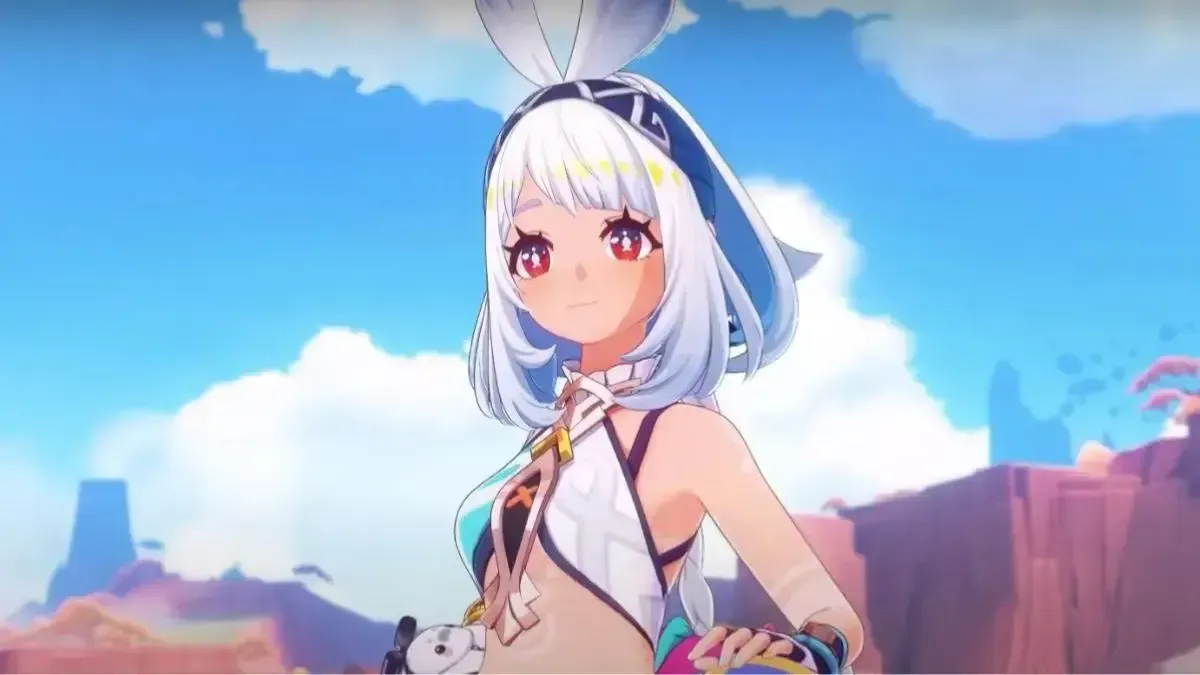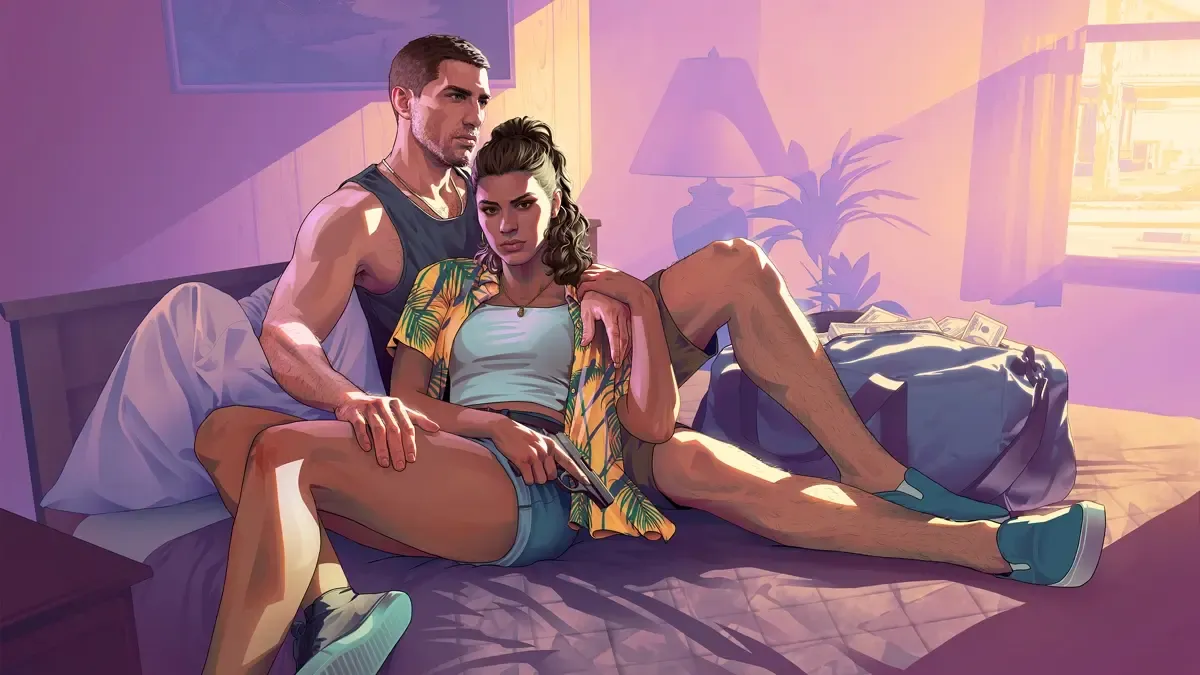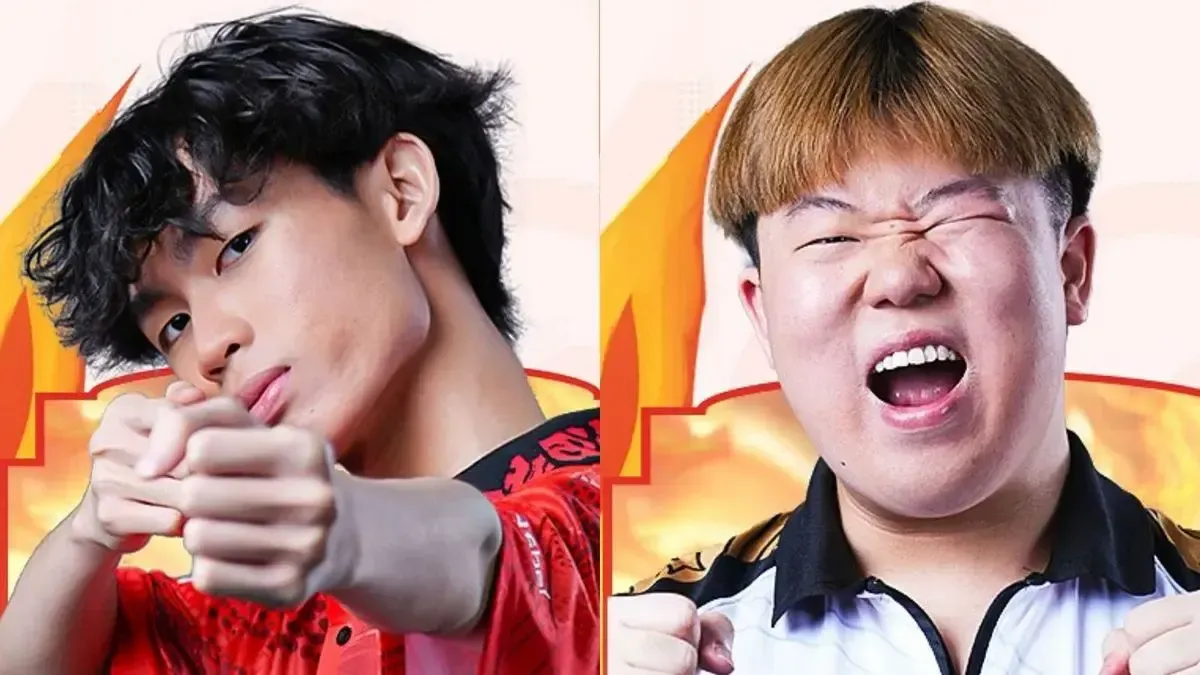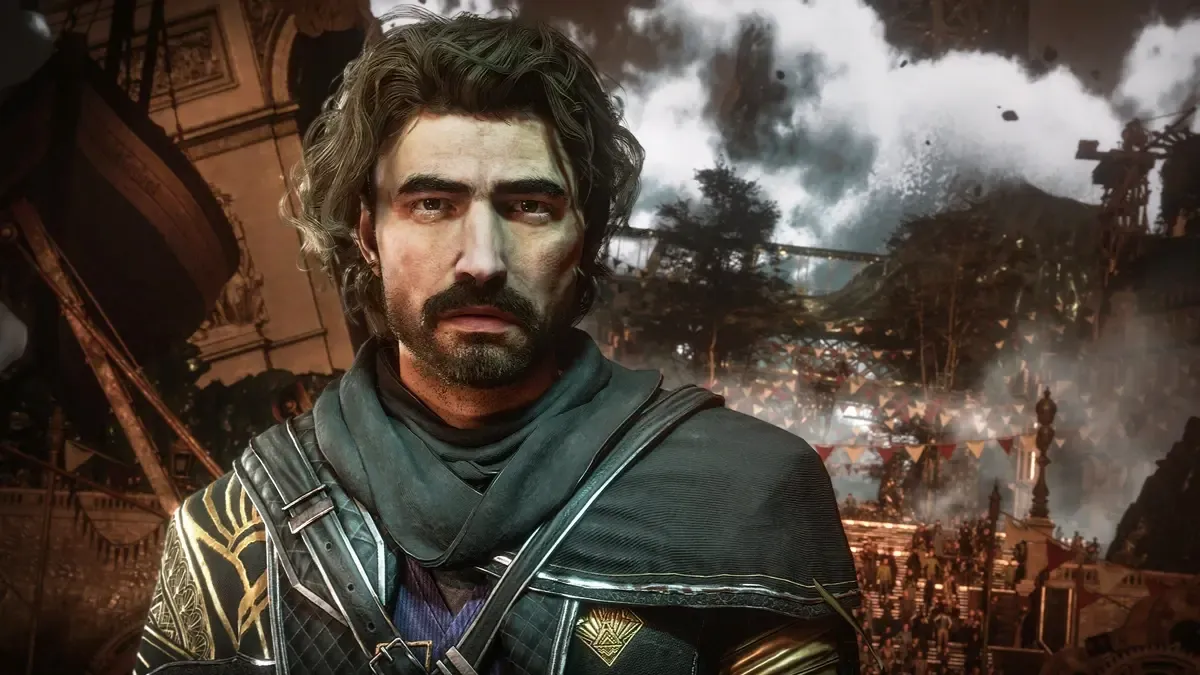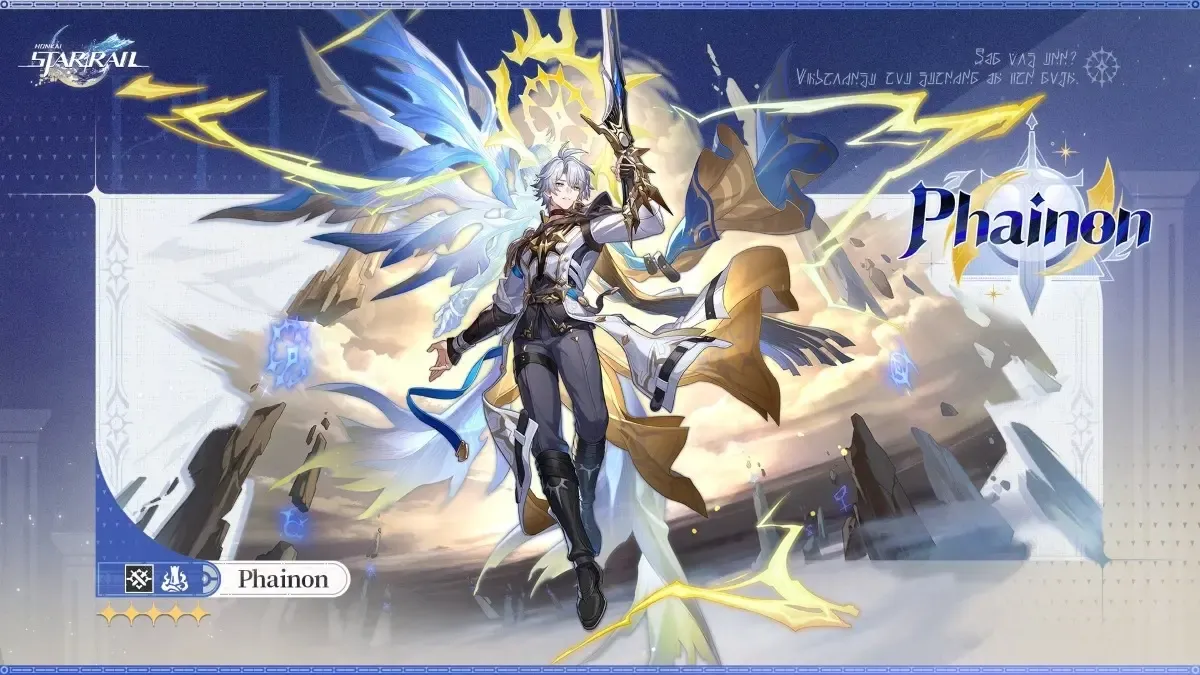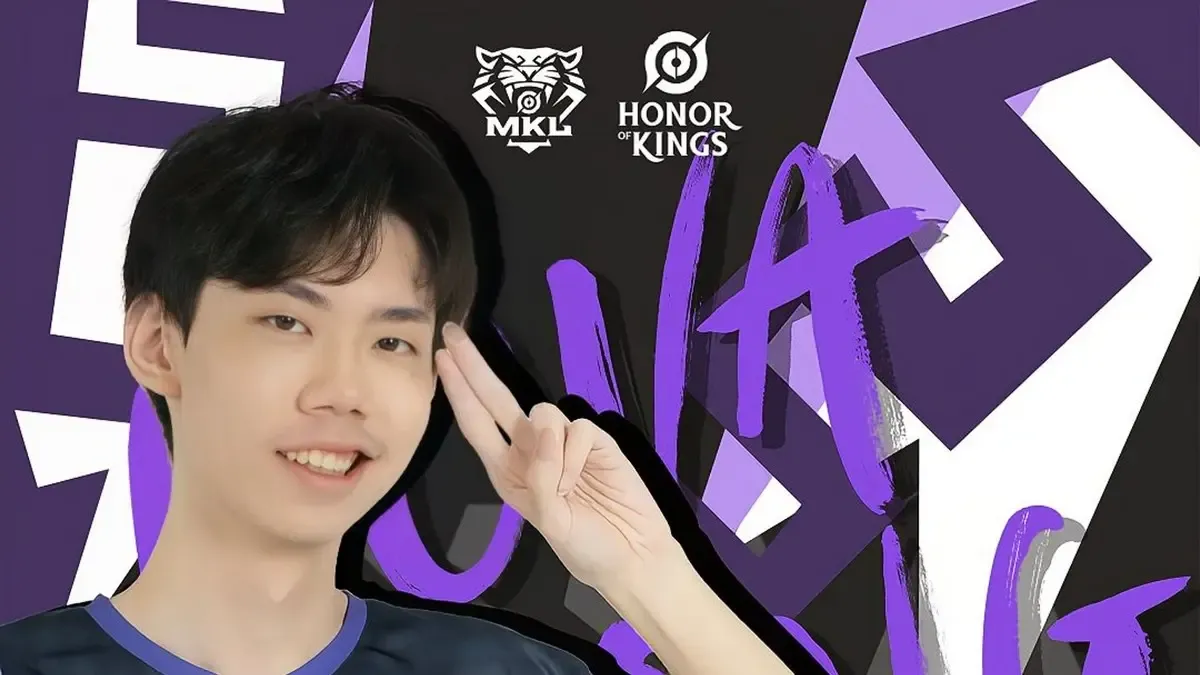Source: HoYoverse
Genshin Impact has always championed itself as a culturally diverse game.
The majority of the worldbuilding you see in Genshin Impact comes from a variety of real world cultures. From character inspirations and map design to the type of music you hear and the food you cook.
And HoYoverse prides itself in that. Every time a new region releases, the devs champion the culture or history they drew inspiration from. Fans get treated to various musical performances featuring traditional instruments or a traditional form of song, or documentaries about the exploration of real-world scenic views that inspired an in-game landscape.
This documentary for example, “The World of Opera: A Behind the Scenes Look at the Creation of Yun Jin”, explored how Genshin devs conceptualized, created, and later implemented the 4-star character Yun Jin, who introduced Chinese Opera to the player base.
However, underneath that celebration of culture lies an underbelly of discontent within certain segments of the community. Some players have, for a long time now, made observations about HoYoverse’s character designs and the seemingly singular skin tone that most of the playable and non-playable characters have, even within regions inspired by people of colour (POC).
How it began: Kaeya, Xinyan and exoticism
Kaeya is one of the first characters players can interact with in the game, and is part of the starter party you can receive for free.
The backlash surrounding Kaeya started in 2021, and stemmed from his original character attribute description, which states that he is, “a thinker in the Knights of Favonius with a somewhat exotic appearance."
The word ‘exotic’ doesn’t necessarily connote a negative description. However, instances in history that allot 'exotic' as a descriptor for people, especially POC, do equate to microaggression.
Exotic is used when describing something unusual, different, alien; an animal, a flower, or a fruit from some far-off tropical country. When used to describe a person, however, it implies that they are someone outside of the societal norm, outside of the known standard of the land, and is loaded with negative implications.
Much of Kaeya's content at the beginning of the game points him out to be an ‘outsider’, an ‘other’. He is not a native Mondstadtian, he is estranged from his adoptive brother, Diluc, and our first few interactions with him have us seemingly believe that he is devious and deceitful by nature.
Fans of the game did not think it helpful that the word exotic was used to describe Kaeya, because another glaring attribute of his that separated him from the Mondstadt cast is that his skin is visibly shades darker.
Another character who suffers from implied negative connotations is Liyue’s Xinyan. Xinyan has the darkest skin tone in Liyue’s character roster, and her story is littered with her struggles of appearing ‘scary’ or ‘intimidating’, be it because of her appearance or how she carried herself, something that fans found problematic as it implied negative stereotyping attributed to POC.
Fans took it upon themselves to air these concerns out on various social media platforms with hashtags like #boycottgenshinimpact, #dobettermihoyo, and #boycottgenshin to address the issues they saw in Kaeya’s description and Xinyan’s portrayal.
In the end, Kaeya’s description was changed to, “An accomplished swordsman and a strategic thinker in the Knights of Favonius, rumoured to hail from beyond Mondstadt," while Xinyan’s intimidating and scary appearance was chalked up to her love for rock n’ roll.
Sumeru, whitewashing, and orientalism
The region of Sumeru, which was released in 2022, featured a lush rainforest and sprawling desert area heavily inspired by the Middle East and North Africa (MENA), as well as South Asia. With a diverse population and an even more diverse culture, Genshin Impact highlighted structural wonders like the Pyramids, the arches and domes of Islamic architecture, as well as variations of traditional dress, dances, and music from the region.
However, the unveiling of the region's first cast of characters seemed to leave a lot to be desired, with fans left disappointed at the apparent whitewashing in regards to their design. Although fairer skin tones can be found in this region of the world, the primary skin colour of the population ranges on the darker side of the palette.
It doesn’t help that the names of these characters are alleged to be based on historical people relevant to MENA culture, too. Some examples are: Alhaitham, based on Ibn Al-Haytham; Tignhari, based on al-Tighnari; Dehya, based on Princess Dihya; and Candace, based on the Nubian Kandake.
Another point of contention that arose from the backlash was the perceived orientalism. Much of the representation, as observed by players, seemed to come from a surface-only perspective, further feeding into the claims of fans regarding Genshin Impact’s penchant for exoticism during the controversy with Kaeya.
Much of the heat was centralized on the 4-star character Dori, who fans pointed out seemed to embody a particularly harmful stereotype on Arab culture, specifically her questionable fixation on mora. If you look at Dori’s character introduction on X (formerly Twitter), you’ll see swarms of fans leaving meme image reactions with the question: “Why are you white?”
There is also the fact that the only big group of POC you can find in Sumeru consist of the desert Eremites, who are hostile towards players in the overworld. Even Aaru village, which is guarded by Candace and populated by POC NPCs, is touted to be a poor oasis where scholars are exiled. This, of course, left a bad taste in players’ mouths.
Early Natlan backlash, and what’s the point in all this?
And finally, Natlan.
Not much is known about this new region, as it is yet to be released in-game. But Natlan seems to be inspired by the indigenous cultures of Latin America, Africa, and the Aboriginal Australians.
So when the first character teaser video for Natlan was released, there was an obvious collective sigh of disappointment within the fandom. It is important to note that the previous controversies mentioned above were mainly circulated within the English-speaking space of the community, but after the Natlan video was released, even the Japanese and Chinese communities began voicing their concerns about HoYoverse’s alleged issue with colorism.
The regions where HoYoverse drew inspiration from are inhabited by POCs, and Indigenous POCs at that. So to see lightly-tanned characters who, when looked upon closely, have tan marks that reveal even fairer skin tones, was something that once again reignited the debate regarding skin colour representation.
So why does skin colour matter in a fictional game? The fandom is split into two groups; those who seek a more diverse cast, while the other seems content with what is being given to them. It is fictional, after all.
However, the biggest issue here that is espoused by those concerned is how HoYoverse has used real-world cultures to build their narrative for Genshin Impact, but seemingly failed to represent the people behind the culture they borrowed from. Yes, the story behind Genshin Impact is purely fictional, but the historical inspiration and tradition with which they tapped into are not.
In the end, whatever representation HoYoverse focuses on is disregarded when the very people they are trying to uplift are dissatisfied with their approach. For these people, the simple act of employing fair-toned characters and NPCs in maps that take heavily from POC culture is an unwitting erasure of the real people who existed within those historical spaces.
Of course, it’s best to remember that the video only teased the first set of characters for Natlan. Who knows, maybe the next addition will feature a more diverse cast? Natlan is still right around the corner. Let’s not count our chickens before they hatch.

